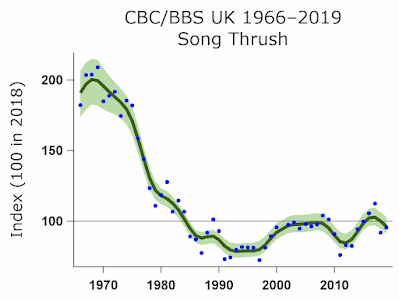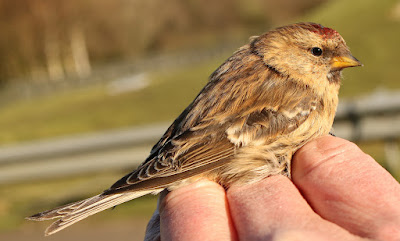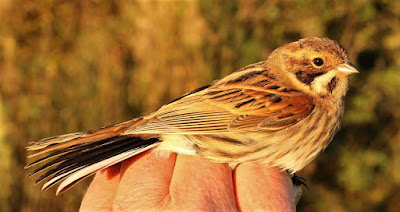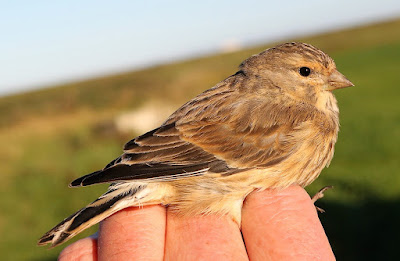It’s the routine excuse too; the weather - relentless rain, stormy wind and endless grey days take the rap for my lethargy in neglecting the blog. Three weeks have flown by, twenty one days which included Christmas, New Year and all that entails and where the few remaining days were of the type where even cats and dogs stay by a roaring fire.
But now in 2024 and following a rare sunny beginning I left Sue with a cup of coffee and her laptop catching up with soaps while I set off for a spot of birding. Maybe I would nab a few pictures during a few hours without wind or rain?
Things kicked off well near Pilling Village, a roadside Kestrel, one of the pair that live most years at a nearby farm. In some years there will be Barn Owls at the same location and where the two predators exist side by side because their respective lifestyles and feeding requirements do not clash.
I spent a little time at Conder Pool where the erstwhile “pool” now resembles Lake Coniston following five months of rain and where the expanse of deep water means that birds, mainly wildfowl, can keep their distance from curious camera-carrying birders. At best, 50+ Wigeon, 80+ Teal, 6 Tufted Duck and 8 Little Grebe. A single Little Egret in the creek where the water is more suited to wading than the “pool”.
I found 15-20 Linnets above Glasson Dock in their yearly haunt alongside the village hall on the edge of the Lune/Glasson marshes. But less than a score of Linnets in now the coldest months of the year is a lowly total for a location that can record 200/400 Linnets. The species seems low in numbers at the moment and perhaps there are many yet to arrive from the colder parts of Scotland if and when the predicted cold snap arrives.
A look towards Cockersands proved the most productive time of the morning with first a Barn Owl exiting a building before taking a quick circuit of the nearby marsh. When I drove around the corner to see where the owl had gone, there it was, sat along the fence line before it headed off again, this time out of sight.
At my parked gateway spot were both Grey Wagtail and Pied Wagtail, also 15-20 House Sparrows and 70 or so Starlings. The bright sunny morning had sent the Starlings into song and conversations, melodies that included Redshanks, Curlews and others.
“Starlings are really excellent at mimicking the sounds of other birds and, in fact, any other sounds they hear in their environment. While maybe occasionally the mimicry is spontaneous, mostly it is carefully practised and woven into phrases, which are then arranged into songs"
Along Moss Lane I saw and heard small numbers of Fieldfares alongside the roaming Starling flocks. Because hawthorn bushes are now stripped of berries any remaining Fieldfares now use the Starlings to their advantage and join in searching for earthworms in the still saturated fields.
In a field at near Moss Lane junction were 4 Cattle Egrets, almost certainly the same four reported in recent days in this area and further afield, sometimes in twos, other times as a foursome.
Cattle Egret
I made for home and my own hot coffee. Join me again soon for more birds and photos on Another Bird Blog.
































































.jpg)














